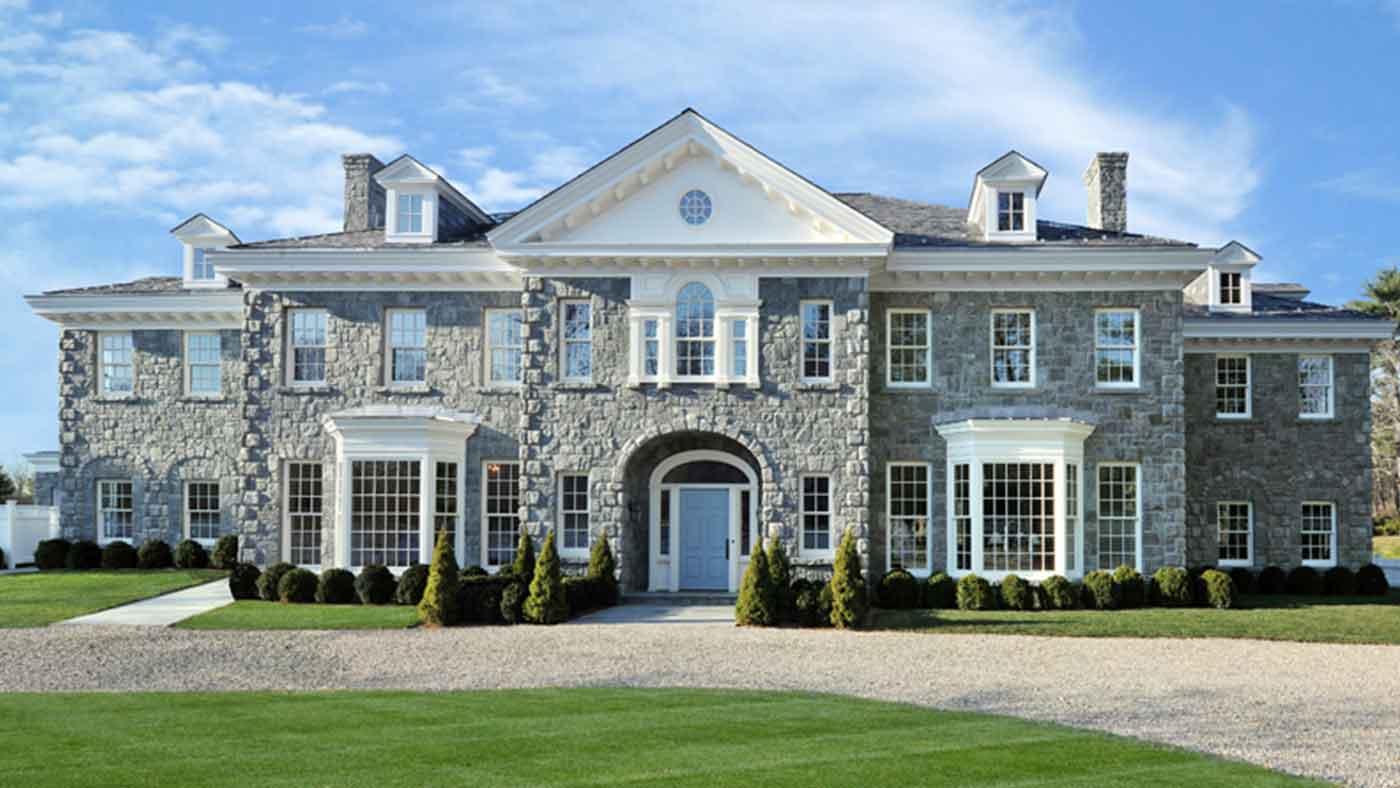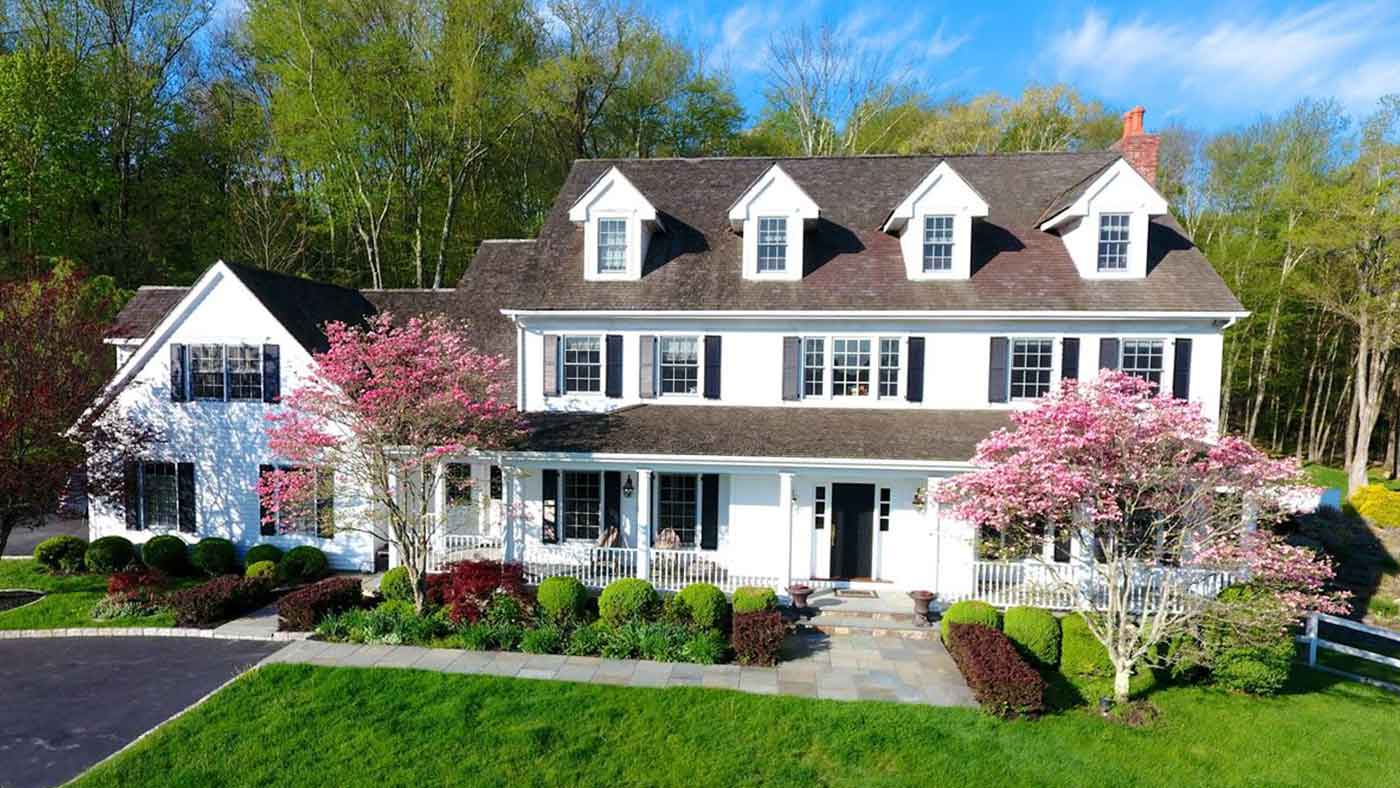Colonial Home Architecture
Colonial architecture is an architectural style from a mother country that has been incorporated into the buildings of settlements or colonies in
distant locations.
A colonial house sets the basic guidelines for a standard house that caters to the functional space requirements to all family members. The structure consists of a formally defined living room, dining room and at times a family room. Like a Cape Cod home, they also sport large chimneys. The location of bedrooms is typically on the second floor.
Traditionally, many of these houses were framed using timber, of which the gaps were filled with sticks. A sticky ‘daub’ was used to fill the holes, which was technically a paste of clay, mud and grass. A thatched roof covered the structure; the thatching being made from dried local grass. Because of their build, they were often termed as “wattle and daub” homes.
Key elements
- The shape is predominantly square and the structure generally symmetric.
- Proportion is an important principle during construction.
- Georgian Colonial style is formal in nature.
- The entrance, hallway and staircase are located centrally.
- Double-hung and multi-paned windows are common.
- Windows consist of nine or twelve panes per sash.
- Windows are positioned evenly across the building facade.
- Rectangular windows are preferred.



